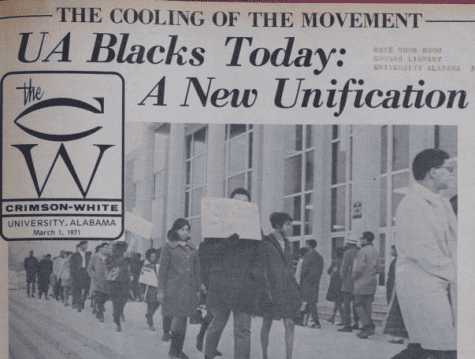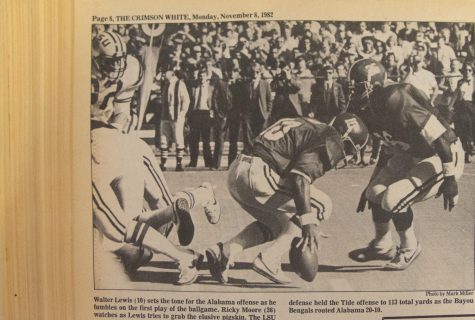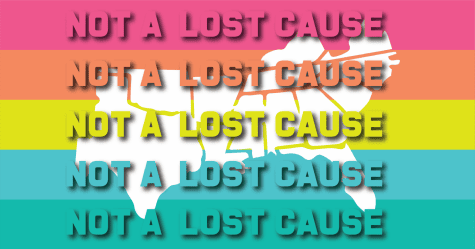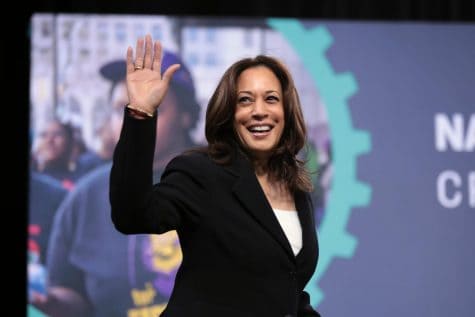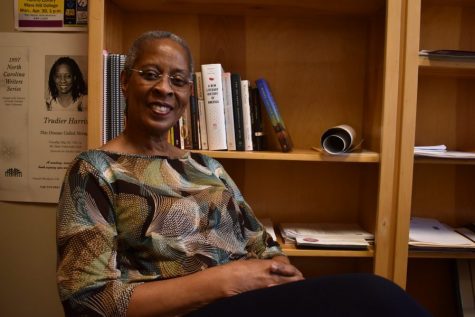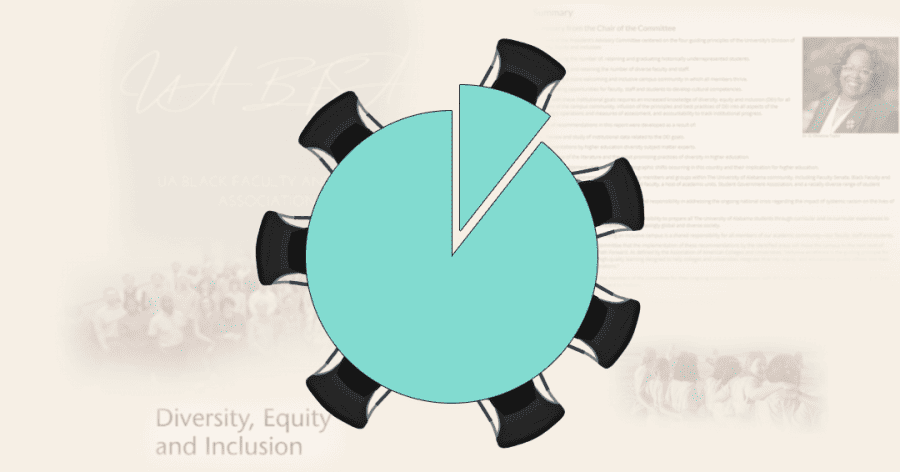‘A more diverse campus’: Meet the people pushing DEI forward for 50+ years
It’s been a rocky road to diversity among students and staff, with more to travel still ahead.
In the three years since its inception, UA’s Division of Diversity, Equity and Inclusion (DEI) has expanded its plans and efforts, most recently with its presidential advisory committee that was created in fall 2019.
Alongside administrative efforts, diversity efforts have expanded in the form of college and departmental committees, faculty-led task forces and student organizations that advocate for underrepresented members of the campus community.
There are more than 70 student organizations devoted to diversity and inclusion and at least seven individual college-based efforts featured on the Division of DEI’s website.
Controversy Sparks Expanded Efforts
The division established a Presidential Advisory Committee in October 2019, a month after the resignation of Jamie Riley, the former dean of students, sparked national conversations about race and freedom of expression, leading to reevaluations of the University’s diversity efforts.
When announcing the creation of the advisory committee, UA President Stuart Bell noted that these efforts had “taken on added personal meaning for me as I have listened to the concerns and ideas addressed by a number of groups across campus in recent weeks,” alluding to the campus groups whose members spoke out about Riley’s resignation.
The committee is composed of Student Government Association (SGA) representatives, faculty members and administrators, including Christine Taylor, the University’s vice president for DEI who serves as the committee chair.
The committee was designed to support ongoing coordination and expansion of DEI efforts at the University. Committee members advise Bell on diversity initiatives across campus. Until the creation of the presidential advisory committee, most of the University’s diversity efforts existed on a smaller scale with little coordination between the groups, which left room for administrative oversight.
Taylor released the Path Forward Diversity Report to outline the division’s goals along with timelines for each, ranging from six months to five years. Unlike past UA plans that included overarching goals of promoting inclusivity or reshaping campus culture, these initiatives promote more specific goals, like hosting college-preparation workshops for the families of diverse middle and high school and increasing scholarship funding for diverse student populations.
The UA Faculty Senate, which aids administrators in making judgments on policy, operations and development, has several specialized task forces born out of controversy. In 2013, “following several disturbing campus incidents at the beginning of the fall semester,” the senate’s task force for excellence in equity, inclusion and citizenship was established.
The Faculty Senate also established an ad hoc committee in response to the former dean’s resignation. The group, called the campus culture task force, held its first meeting on Oct. 22, 2019, four days after Bell announced the establishment of DEI’s presidential advisory committee.
Coordinating Efforts
In a Dec. 8 meeting, task force member Heather Gunn reported some of the group’s preliminary findings. She said the report had not been shared with UA’s Division of DEI, as their efforts were still ongoing.
Faculty Senate member Bharat Mehra asked if they plan to avoid “isolated, fragmented approaches.” Gunn said the group is trying to complement Taylor and Division of DEI’s work to avoid a repetitive process.
In the midst of increased overarching efforts at the top levels of UA administration, some colleges and departments have created and expanded their own programs to best suit their needs.
In the College of Communication and Information Sciences (C&IS), administrators have focused their efforts at the source: hiring. A need for a channeled focus on the college’s initiatives sparked the inclusion of diversity advocates.
The college’s diversity plan, approved in January 2008, called for a program to train current faculty members as “diversity advocates” on hiring committees. The program came to fruition in fall 2017. Originally intended for faculty searches, diversity advocates now participate in clerical staff and administrative hires as well.
Suzanne Horsley, C&IS’s assistant dean for assessment, accreditation and diversity, leads the program. She said steps were being made in the right direction, but tracking each department’s efforts was challenging. This led to the creation of the diversity charge, the college’s new hiring framework. Now, Horsley said, the college has a system in place to recruit a diverse pool of applicants.
Each search committee is required to generate a list of three diversity-related action items. Once the search concludes, the committee submits an assessment to Horsley.
“The diversity charge was a way to bring together the whole college, under one program,” Horsley said.
At the Capstone College of Nursing, diversity efforts are being pushed when admitting students to the upper division nursing program. Michael Callihan, a member of both the nursing college’s committee of inclusivity and Faculty Senate’s DEI committee, aims to expand these efforts in both the upper and lower divisions of the nursing program.
“I know a huge push that we’re trying to do across our curriculum with the students is really try to recognize and embrace differences and be able to address how differences in cultures impact health outcomes,” Callihan said, “Because then we can truly focus on fixing those health disparities.”
Long-Standing Groups
While many college-based or departmental efforts appeared in the last decade, some groups, like the Black Faculty and Staff Association (BFSA), have a longstanding history of advocating for Black faculty on UA’s campus.
BFSA President Chad Jackson said the group has a continuing partnership with UA administration and other community partners.
The BFSA was established in the early 1970s “with a mission to serve as an advocate for educational equity, with emphasis on African-American students and the professional needs of its members.” The group also aims to increase the recruitment, retention and promotion of Black faculty and staff.
Former UA President David Mathews acknowledged the need to involve Black faculty to address students’ calls for change, Jackson said.
“During that turbulent decade, the Black Faculty and Staff Association, along with the Afro-American Association, worked assiduously to improve the conditions on campus for Black students, faculty and staff,” Jackson said.
Its creation was not sparked by a particular event on campus, but it saw growth in 1974 when Black students, led by Cleo Thomas and Sylvester Jones, marched to protest policies and practices of the UA System Board of Trustees and UA administration.
Since its founding, BFSA has created the BFSA Founders Scholarship, Annual Black Honors Day, Black Scholars Program and other programs aimed at supporting Black students and faculty.



